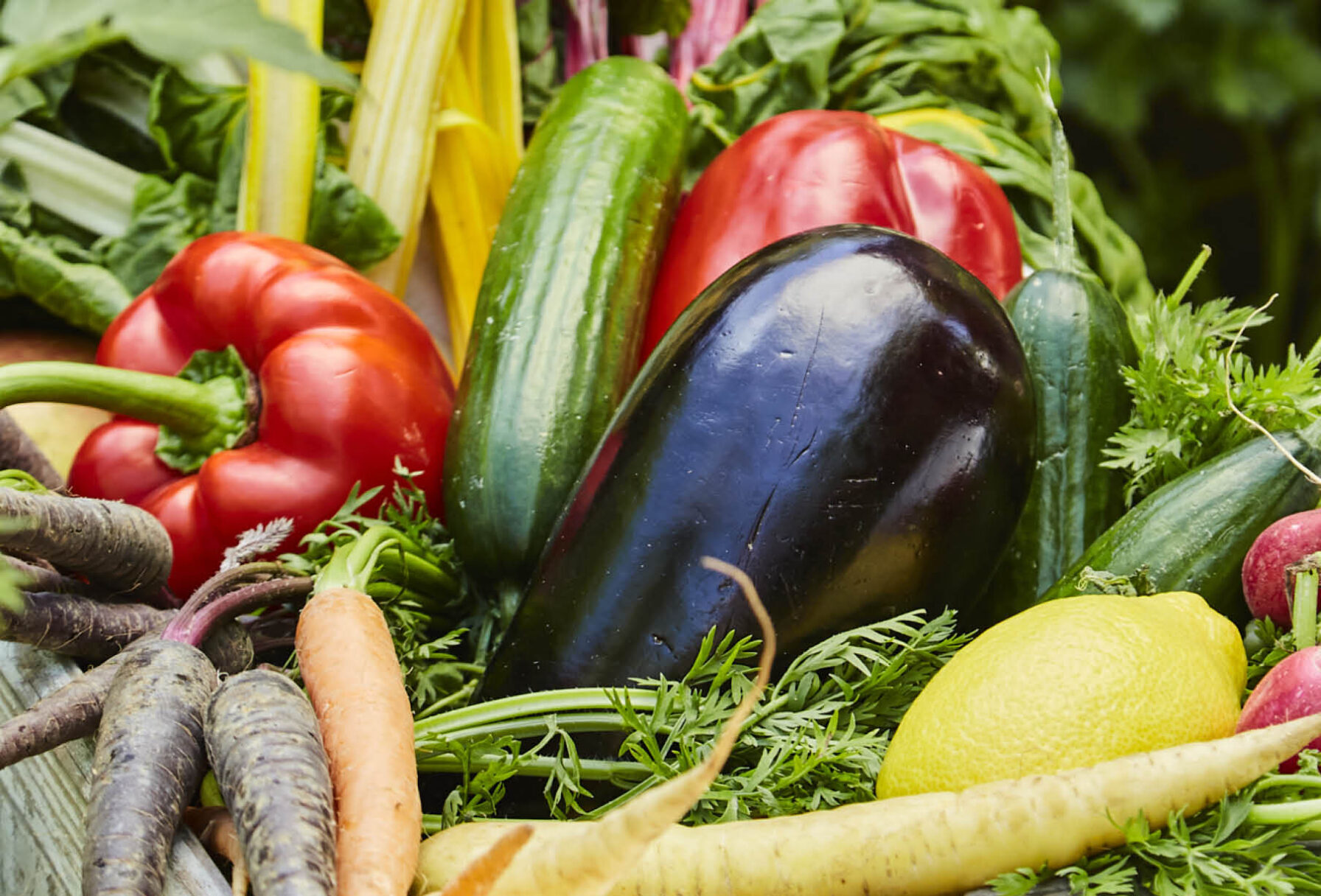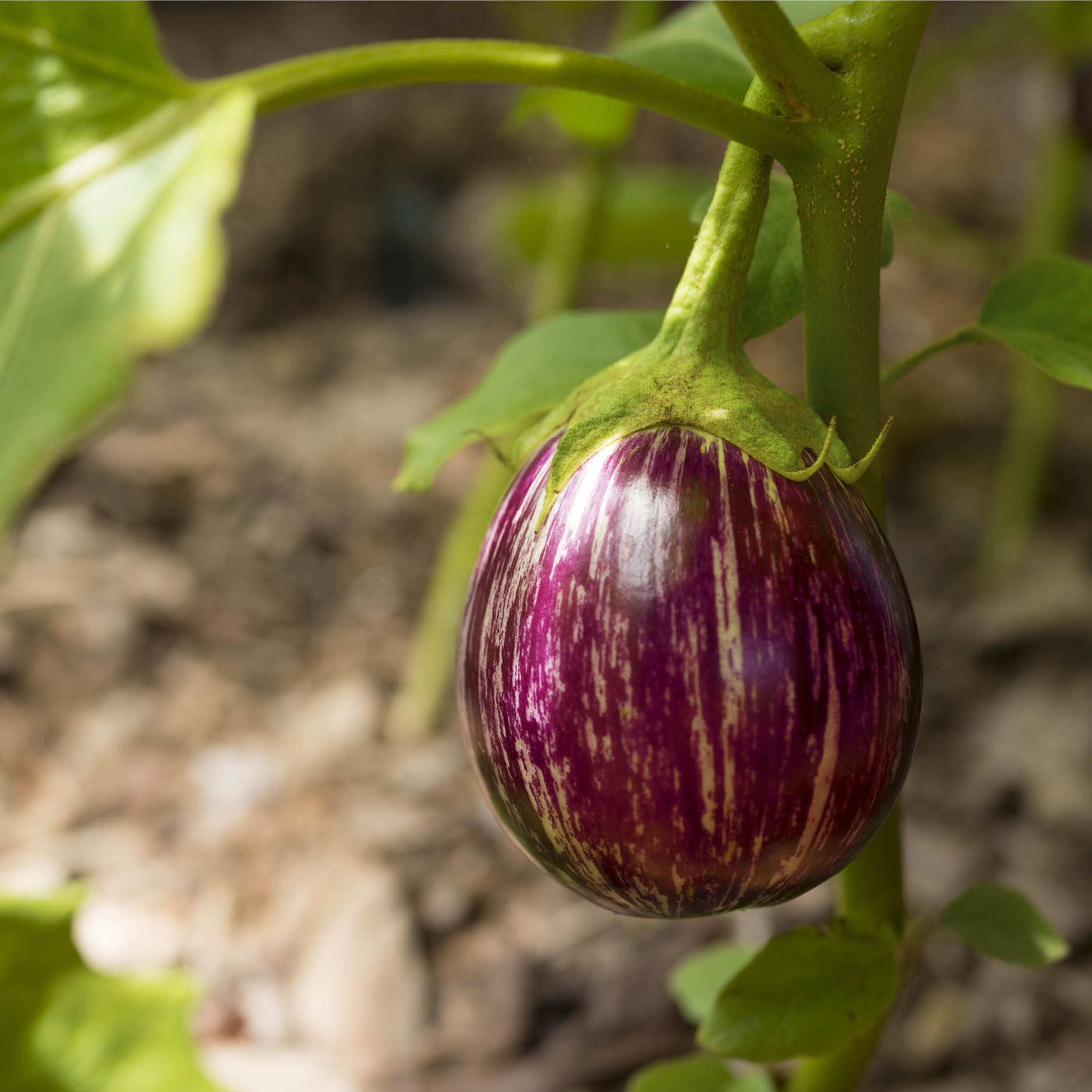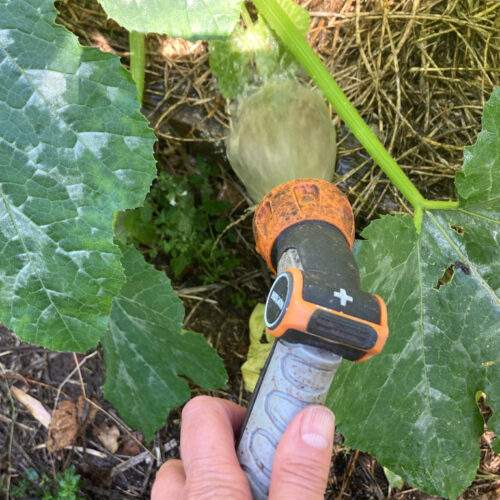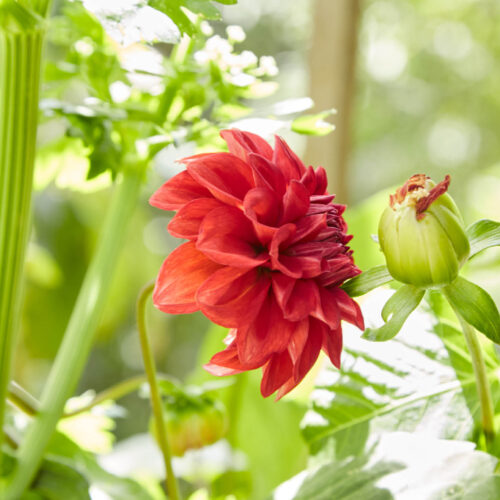How to sow your capsicum and eggplant seeds in spring
2024-08-13T13:46:01+10:00
Capsicums and eggplants are true summer crops that need warm conditions to grow. Here's how to get them started in spring.
My plan this week, before getting the wretched flu for the second time this season, was to get my capsicums and eggplants sown. Usually I’d be frustrated by the delay, but to be honest, I’m really not worried and have been able to see the advantage of waiting another week or so. Why? Capsicums and eggplants are genuine warm season crops.
For their seeds to germinate and seedlings to grow strongly, these plants demand a soil temperature in excess of 18C. Something in the 20 degree range is ideal, but the soil in the vegie patch still hovers at 17C. Another week of sunny weather will make all the difference.
How to get started
If you simply can’t wait (and I can’t really blame you), the trick to getting summer crops started in spring, like capsicum and eggplant, is to warm the medium into which the seeds are planted. For most of us, we’ll be sowing not in the garden but into punnets, so the medium will be seed raising mix. There are a few ways to warm it up.
I sometimes use a heated seed raising tray. This is basically a piece of moulded plastic controlled by a thermostat. This allows me to set the appropriate temperature for whatever crop I’m sowing. The tray works well, but it has downsides, the most obvious of which is that it uses electricity and needs to be kept somewhere out of the weather. I find it vital to get the the seedlings out into a light environment quite soon after they’ve germinated. There are other low-tech options. Some people use hot water bottles, while really clever compost makers create ‘hotbeds’ warmed by decomposing organic matter.
An easier soil warming technique is to simply let the sun do its thing. Throw the bag of seed raising mix in the sun for a few days. This isn’t as foolproof as it sounds so I find it better to fill trays with seed raising mix, wet them down with lukewarm water (and keep it moist thereafter), cover them with clear plastic lids, and place them in a sunny position. Within a week the seed raising mix will have warmed considerably. To make sure it’s ready for capsicums and eggplants, test it with a thermometer. Allow more time in the sun if the temperature needs to be raised a bit higher. To speed up the process, cover the tray with a piece of black plastic.
Sowing your capsicum and eggplant seeds
Once a temperature of at least 18 degrees has been achieved, it’s time to sow your seeds. Plastic covers can cause newly germinated seeds to rotand on a warm day, to cook. Remove them and store in the garden shed. Lay your seeds flat on the surface of the seed raising mix to ensure they’re in good contact with the soil. Sieve or sprinkle over a thin layer of mix to just cover the seeds.
All you need to do then is keep the trays moist until the capsicum and eggplant seeds germinate. It’s important to use a fine, soft spray. I prefer a misting head attached to my hose, but some seed suppliers sell nozzles that screw onto an old soft drink bottle. This provides the kind of gentle watering that stops seeds from being washed about. In a week or so you should have newly emerging seedlings, and the promise of a bumper harvest of capsicum and eggplant in the months to come.







